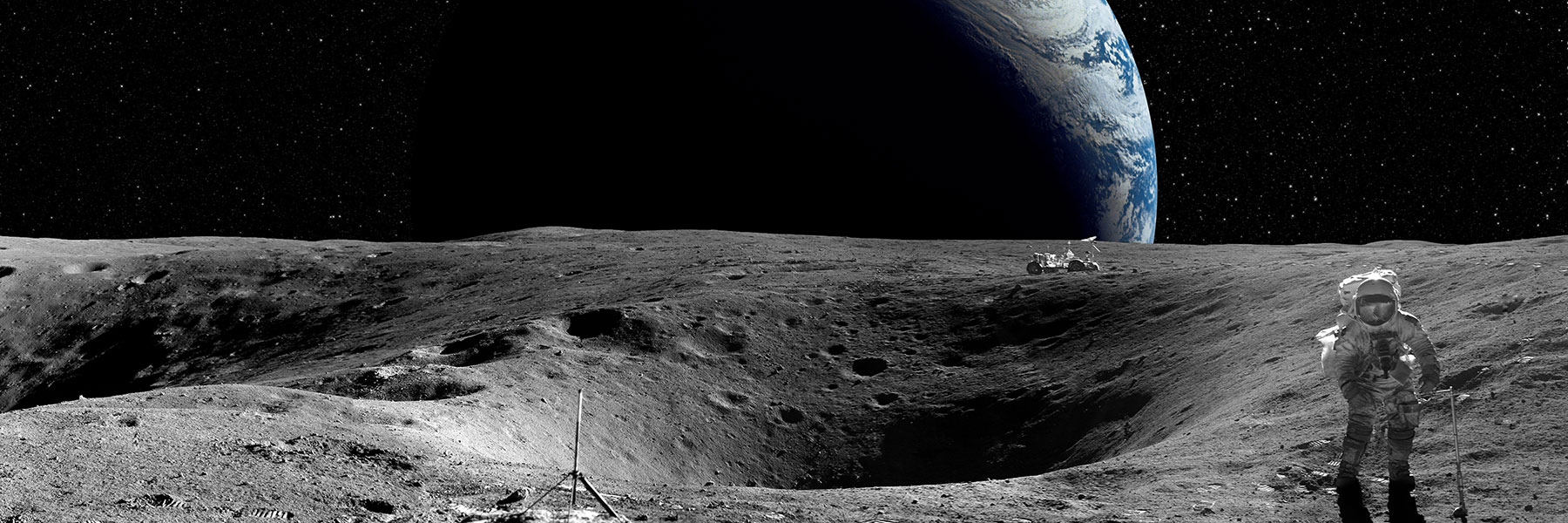Our research on processes that govern the planet Earth inform our understanding of other planets in our solar system and across the universe. We study the deep structures of the planet, the processes that shape its surface, and the composition and dynamics of its atmosphere.
Our atmospheric science faculty Ben Kravitz, Chanh Kieu, and Paul Staten use climate models to explore the effects of atmospheric composition on climate and climate system feedbacks and we investigate atmospheric flows using nonlinear dynamical systems and climate modeling at planetary and regional scales.
Our geochemistry faculty have investigated the chemical processes that govern the production of oceans and atmospheres, as well as the conditions required for life and the metabolic processes that would be required for life to develop on planets where conditions are substantially different from those on Earth.
Our geomorphology faculty Brian Yanites and Doug Edmonds investigate how climate and atmospheric movements interact to produce weathering of rocks at the planet’s surface and the transport of weathered products by gravity, wind, and water. We have translated that knowledge to the interpretation of signatures from landslides observed on the surface of the moon and Mars and into general theories of the topographic roughening and smoothing of planet surfaces.
Our sedimentology faculty Juergen Schieber studies the signatures left by water and air transport in the layering and structures of fine-grained sediments like clays and muds. From those signatures one can infer the velocities and directions of ancient water flows, and even whether the flows were regular or wildly episodic. He has participated in Mars rover missions that have made important discoveries about the history of water on that planet, the processes that allow for habitable planet surfaces, and the mineralogical and sedimentary clues for life-sustaining environments. His work has included a $1.5m in industry partnership funding from Malin Space Science Systems on instruments and data interpretation.

 The College of Arts
The College of Arts